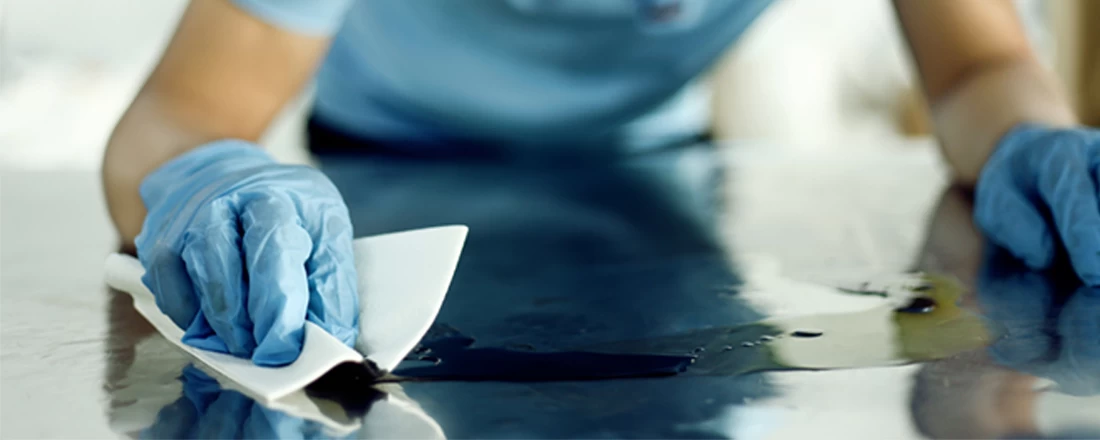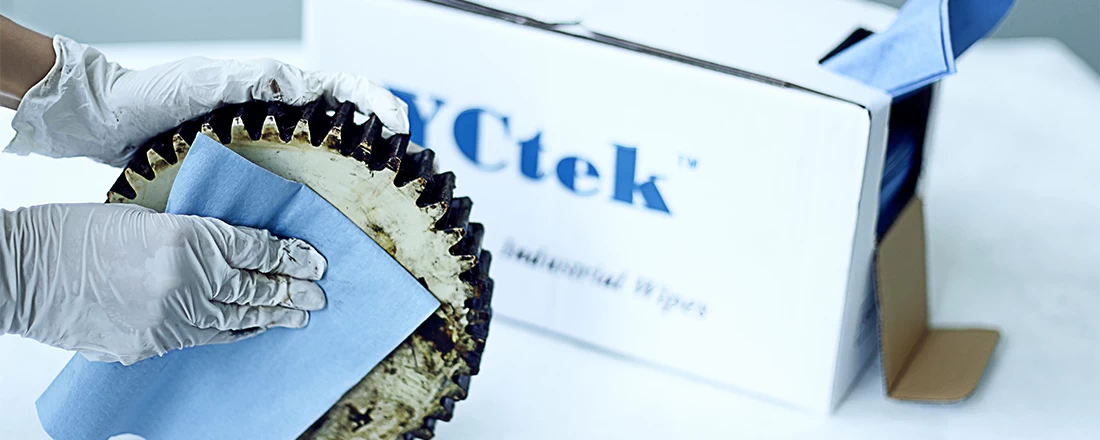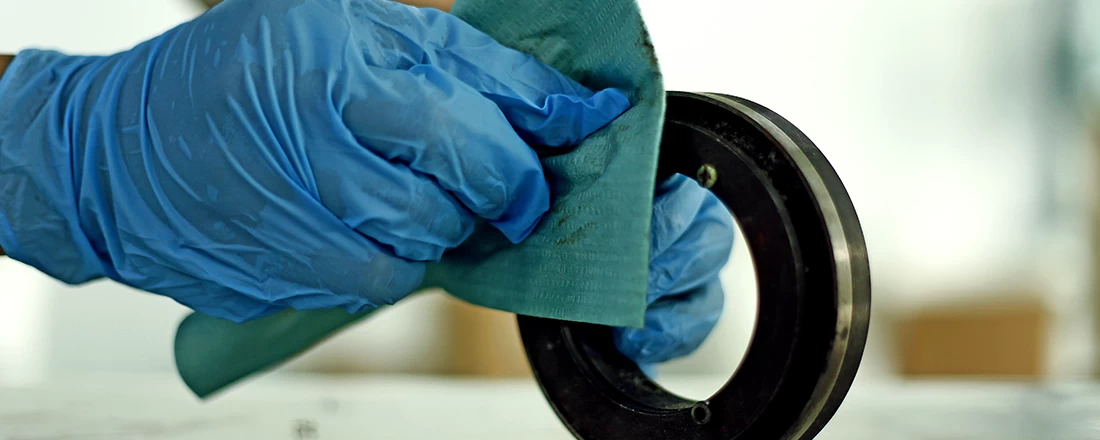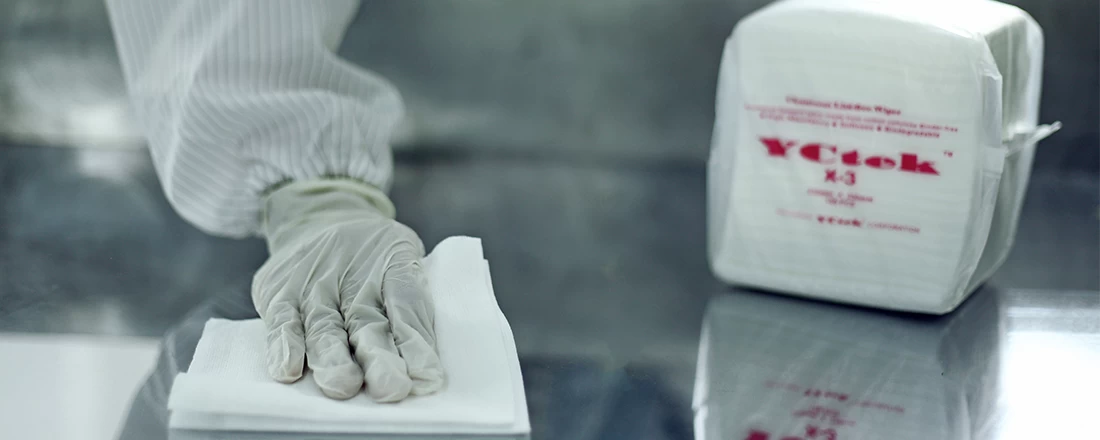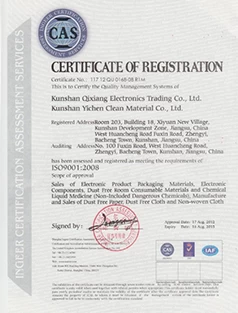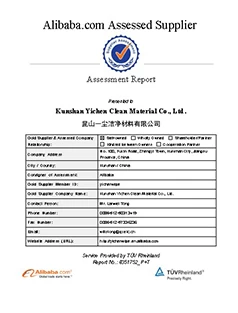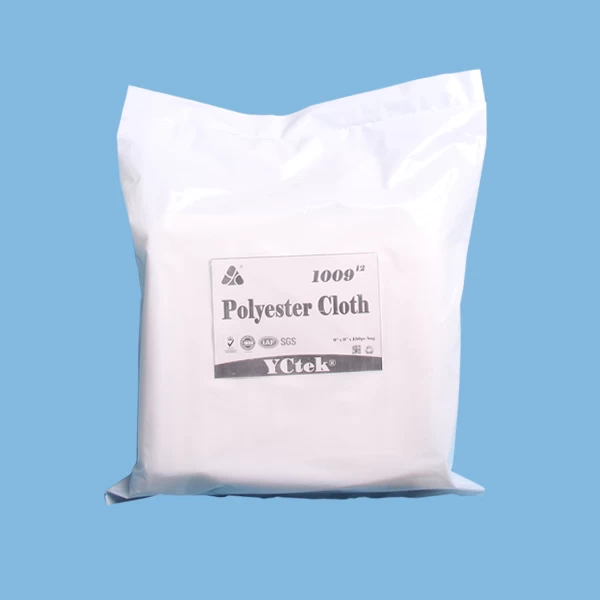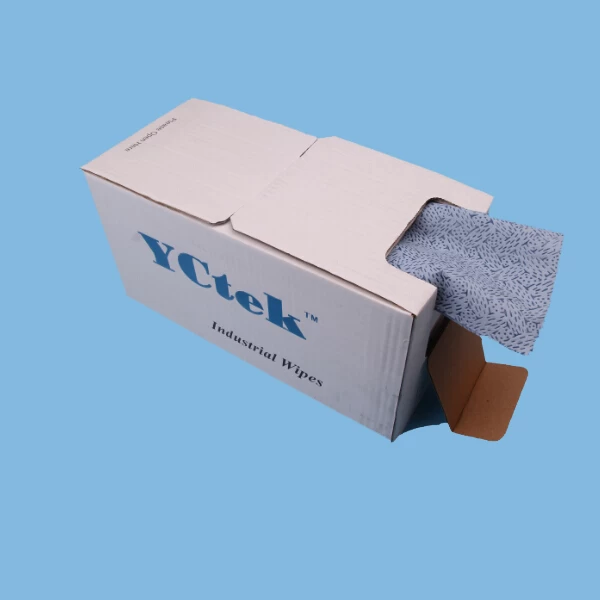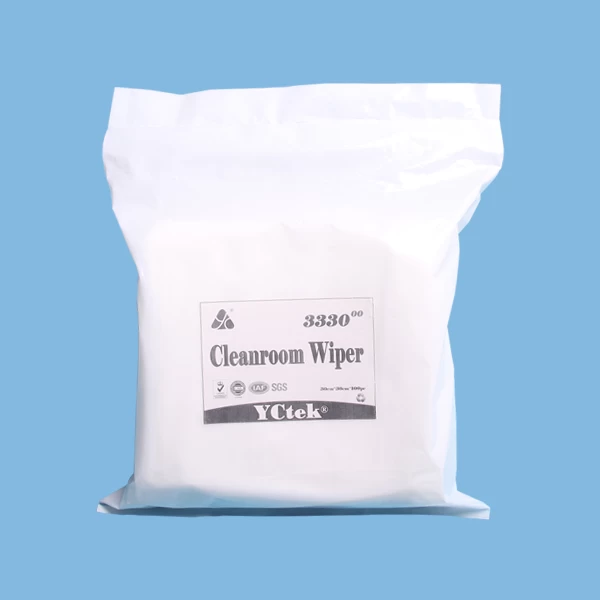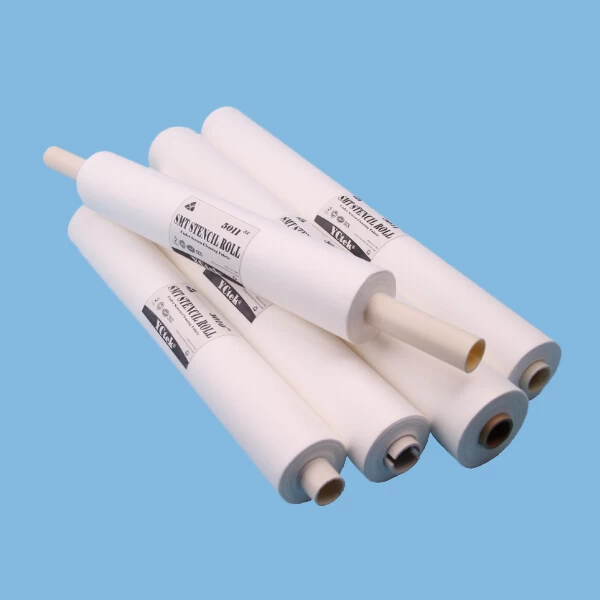History of Cellulose Insulation
2017-06-23 16:29:40
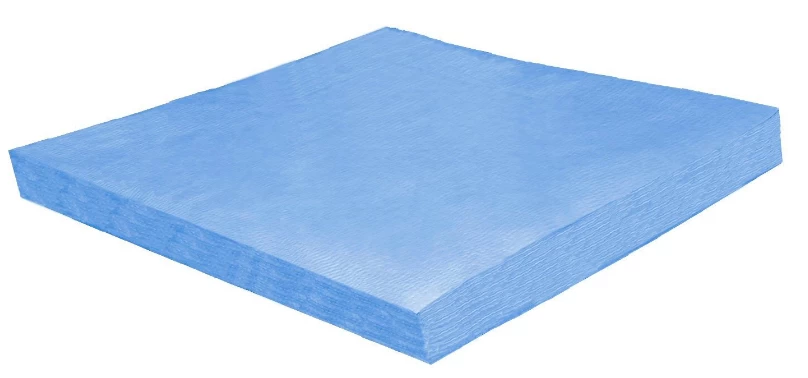
Cellulose is among the oldest types of building insulation material.[citation needed] Many types of cellulosic materials have been used, including newspaper, cardboard, cotton, straw, sawdust, hemp and corncob. Monticello was insulated with a form of cellulose. Modern cellulose insulation, made with recycled newspaper using grinding and dust removing machines and adding a fire retardant, began in the 1950s and came into general use in the US during the 1970s.
The market for insulation increased following the oil embargo of 1973-74. The embargo caused energy costs for heating to skyrocket across the nation, which led to increased interest in energy conservation measures. Insulation gained significant national attention as a cheap and available technology to increase the energy efficiency of homes. In 1977, following a particularly severe winter, a tax credit was given for homeowners who installed insulation.
Due to complaints by retailers, contractors and consumers about price, safety and quality control problems, the federal government began enacting insulation standards beginning in 1978. There was a great concern that the growth in cellulose manufactures was leading to improperly or insufficiently treating insulation against the threat of fire even though reliable statistics on a national basis did not exist. This led to the Federal Consumer Products Safety Commission passing 16 CFR Part 1209, which sets safety standards covering four product attributes for cellulose insulation only: settled density, corrosiveness, critical radiant flux and smoldering combustion. Another regulation passed was the “R-value Rule,” placing clear limitations on the claims that manufacturing and marketing firms can make about their product.

